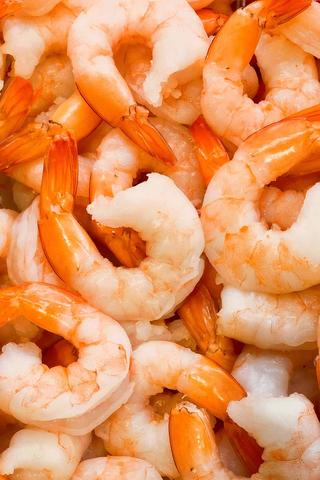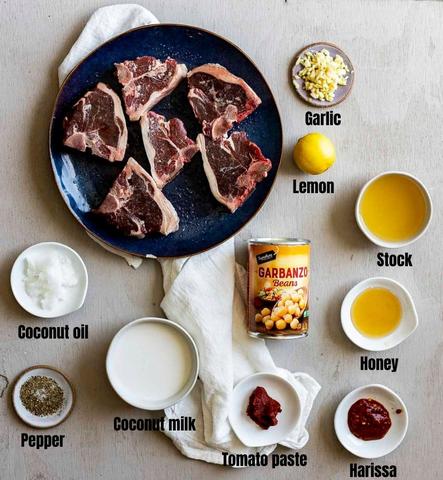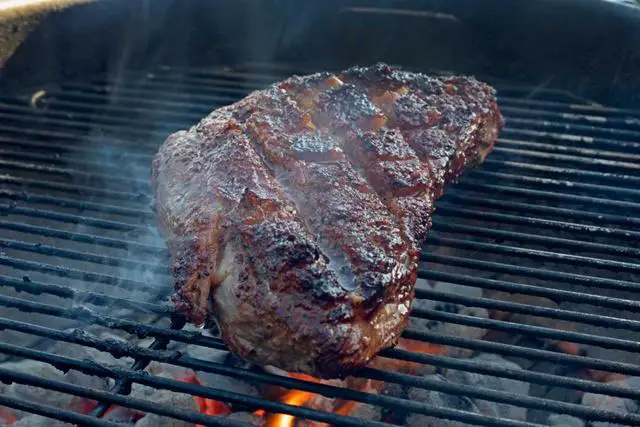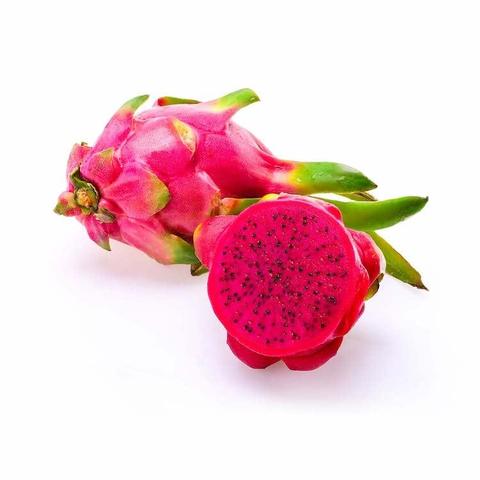
“Unveiling the Mystique: Exploring the Price of Dragon Fruit – An Insightful Journey into the Fascinating World of this Vibrant Tropical Delicacy.”
How Much Does Dragon Fruit Cost?

Dragon fruit is known for its high price tag, with prices ranging from $5 to over $10 per fruit in the United States. The expensive cost of dragon fruit can be attributed to several factors. First, the increasing popularity of dragon fruit has led to a higher demand than supply, causing prices to rise. Additionally, since dragon fruit is mainly grown in Mexico, Central, and South America, importing and shipping costs contribute to the overall expense of the fruit. Furthermore, natural disasters and weather damage can affect the production of dragon fruit in locations like Florida, California, and Hawaii.
The laborious process of growing dragon fruit also adds to its high cost. It takes half a year for the cactus to sprout after planting and another 3 years for it to mature before fruits start growing. This long growth period makes growing dragon fruit a time-consuming and expensive endeavor. Moreover, dragon fruit is prone to going bad quickly during transport or storage due to improper handling, leading to waste and reduced supply.
Why is Dragon Fruit So Expensive?
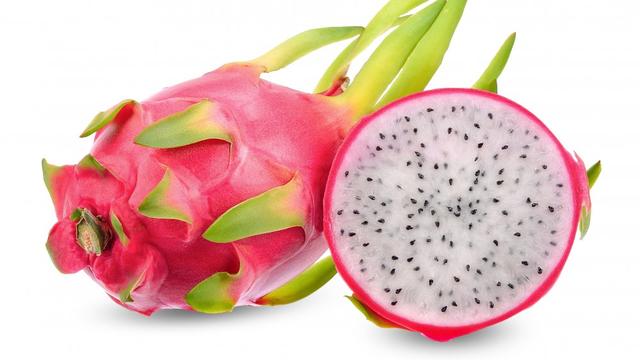
Dragon fruit is considered an expensive fruit due to several reasons. One of the main factors driving up the price is the high demand for dragon fruits in the United States. As the popularity of this fruit has increased, the demand has surpassed the supply, leading to higher prices. The low supply and high demand have created a scarcity in dragon fruits, causing their prices to rise over the years.
In addition, dragon fruit is primarily grown in Mexico, Central, and South America and needs to be imported into the United States. The costs associated with importing and shipping contribute to the overall expense of buying dragon fruit. Although some regions within the United States, such as Florida, California, and Hawaii, grow dragon fruit, their production capacity is lower compared to other countries due to natural disasters and competition with citrus fruit cultivation.
Furthermore, growing dragon fruit is a labor-intensive process that requires significant time investment. It takes around half a year for the cactus to sprout after planting and another three years for it to mature. Many dragon fruit cacti die before producing any fruits due to weather damage or other factors. The expenses involved in caring for these plants further contribute to the higher prices of dragon fruits.
High Demand
The increasing popularity of dragon fruit in the United States has led to a rise in demand for this exotic fruit. As more people become aware of its health benefits and unique taste, their desire for dragon fruit continues to grow. This high demand has resulted in a shortage of supply, as farmers struggle to keep up with the increasing consumer demand.
The limited availability of dragon fruit has led to higher prices in stores across the country. With consumers wanting more dragon fruit than can be produced, the market price for this fruit has significantly increased. The high demand and low supply have created a situation where dragon fruit is considered an expensive fruit in many places in the United States.
Shipping Costs
Dragon fruit is grown in Mexico, Central, and South America, which means that the United States has to import dragon fruit into the country. This importing and shipping process incurs additional costs, which contribute to the high price of dragon fruit. The expenses associated with transporting the fruit from its origin to the United States can be quite expensive, pushing up the overall cost of buying dragon fruit.
In addition, dragon fruit needs to be transported over long distances due to its limited availability in certain regions. This extended transport time increases the chances of damage or rot occurring during transit. As a result, many dragon fruits may become inedible before they reach the market. The wastage caused by damaged or spoiled fruits further reduces the supply and drives up prices.
Difficult Growing Conditions
Dragon fruit is a laborious cactus to grow and requires intense manual labor. It takes six months for the cactus to sprout after planting, and another three years for it to mature and start producing fruit. However, many dragon fruit cacti die before they can bear fruit due to damage from harsh weather conditions. This makes growing dragon fruit a time-consuming and expensive process, contributing to its high price.
In addition, the United States experiences natural disasters that can damage the production of dragon fruit in states like Florida, California, and Hawaii. These regions already focus on growing citrus fruits and have lower production amounts compared to other countries. The susceptibility of dragon fruit crops to weather-related damage further reduces the supply of the fruit and drives up its price.
Poor Shipping and Storage
The perishable nature of dragon fruit makes it susceptible to damage during shipping and storage. If farmers and transporters do not handle the fruit correctly, it can go bad before reaching the market. This is particularly problematic for dragon fruit since it is often imported, resulting in a longer transportation time and increased opportunities for damage or rot to occur. As a result, there is a significant amount of fruit that becomes inedible during transport, further reducing the supply and raising the prices.
The increasing popularity of dragon fruit in the United States has led to a higher demand for the fruit. However, the supply of dragon fruits has not been able to keep up with this demand. Farmers struggle to meet the growing demand as people continue to want more dragon fruit. This low supply and high demand imbalance has caused the price of dragon fruits to rise over time.
Growing dragon fruit is a labor-intensive process that requires significant time investment. It takes around half a year for the cactus to sprout after planting, followed by an additional three years for it to mature before fruits start growing. Furthermore, many dragon fruit cacti die before bearing fruit due to weather damage or other factors. The intense manual labor involved in caring for these plants adds to their production cost, making dragon fruits more expensive for consumers.
The Health Benefits
Dragon fruit offers numerous health benefits. It is rich in antioxidants, which help protect the body against free radicals and reduce the risk of chronic diseases. The fruit is also a good source of vitamin C, which boosts the immune system and promotes collagen production for healthy skin. Additionally, dragon fruit contains several essential minerals such as iron, magnesium, and calcium, which are important for maintaining strong bones and preventing anemia.
Moreover, dragon fruit is low in calories and high in fiber, making it a great choice for weight management and promoting healthy digestion. The fiber content also helps regulate blood sugar levels and can lower the risk of developing type 2 diabetes. Furthermore, the presence of phytonutrients in dragon fruit has been shown to have anti-inflammatory properties, potentially reducing inflammation in the body and lowering the risk of chronic diseases such as heart disease and cancer.
What Does Dragon Fruit Taste Like?
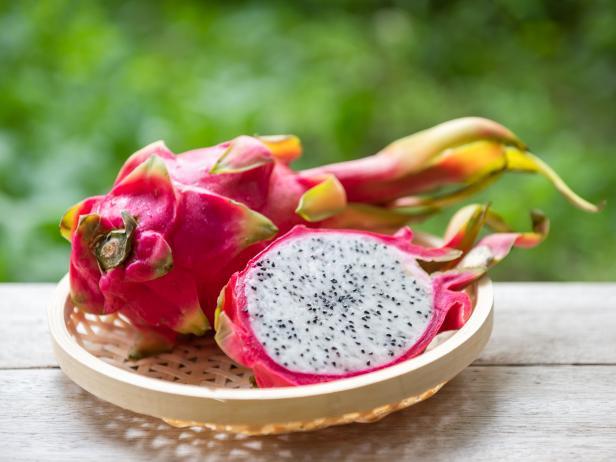
Dragon fruit has a slightly sweet taste that is often compared to a pear or kiwi. Some people argue that it tastes like nothing, but this is usually because they are eating unripe dragon fruit. When the fruit is very ripe, it is at its sweetest. The flavor of dragon fruit can vary depending on the variety. Red-flesh dragon fruit is the sweetest and has a pink or crimson-colored interior. White-flesh dragon fruit is more common and has a bland flavor similar to kiwi. Yellow dragon fruit is the most flavorful and has a bright yellow skin.
Ripe dragon fruit also has a pleasant smell. It can give off a fresh floral or citrusy scent, often compared to kiwi or bananas. However, when the fruit goes bad, it will have a sour and unpleasant smell.
What Does a Ripe Dragon Fruit Look Like?
A ripe dragon fruit can be identified by its skin and wings. The fruit will still be firm, but if you apply pressure, it will have a bit of give. The skin should be free from any bruises or dark spots. Additionally, the wings of a ripe dragon fruit will begin to turn yellow and the edges may start to brown. These visual cues indicate that the fruit is at its peak sweetness and ready to be enjoyed.
Dragon fruit comes in various colors and flavors. The most commonly seen varieties in stores are pink-flesh and white-flesh dragon fruits. Pink-flesh dragon fruits are sweeter and have a vibrant pink or crimson-colored flesh. White-flesh dragon fruits, on the other hand, have a completely white interior with black seeds freckling the flesh. They are considered the blandest variety, often compared to kiwi or having no distinct taste at all. Yellow dragon fruits are less common but have a bright yellow skin and offer a stronger flavor. Purple dragon fruits are the rarest variety, resembling grapes in taste and having the strongest flavor among all kinds.
Dragon fruit has a slightly sweet taste that some people compare to pears or kiwis. When fully ripe, it is at its sweetest point. Unripe dragon fruit may taste sourer, while overripe ones can become mushy and less enjoyable to eat. The smell of dragon fruit is fresh and pleasant, often likened to kiwi or bananas with floral or citrus notes. However, when a dragon fruit goes bad, it will emit a sour and unpleasant odor.
The Different Varieties
Dragon fruit comes in various varieties, each with its own distinct flavor. The most commonly seen varieties at stores are the pink-flesh and white-flesh dragon fruit. Pink-flesh dragon fruit, also known as red-flesh, is sweeter and has a vibrant pink or crimson-colored flesh. It is often compared to the taste of grapes and can leave stains due to its deep color. On the other hand, white-flesh dragon fruit is more common and has a completely white flesh with black seeds freckling it. This variety is considered the blandest and is often compared to the taste of kiwi or having no taste at all.
Yellow dragon fruit is less commonly found in the United States but stands out with its bright yellow skin. It is known to be the sweetest variety, offering a stronger scent and flavor compared to the other varieties. Yellow dragon fruits are usually found in native countries or Southeast Asia. The rarest variety of them all is the purple dragon fruit, which has a strong grape-like flavor. Its unique taste sets it apart from other varieties, making it an ideal choice for those seeking a robust flavor experience.
Each variety of dragon fruit comes with a different price tag as well. The red/pink and white varieties are more affordable, typically ranging around $5 due to their popularity and easy availability. Yellow dragon fruits are comparatively more expensive, priced at around $7 or $8 because they are less commonly found in the United States market. Purple dragon fruits are considered the most expensive variety, starting at $8 and potentially reaching higher prices depending on availability and demand.
Purple Dragon Fruit
Purple dragon fruit is a rare and exotic variety of dragon fruit that is known for its vibrant purple color. It has a distinctive flavor that is often compared to the taste of grapes. This variety of dragon fruit is the most flavorful and has the strongest scent out of all the different types available. Its unique taste and aroma make it a popular choice among dragon fruit enthusiasts who are looking for a more intense flavor experience. However, due to its rarity, purple dragon fruit tends to be more expensive than other varieties, with prices starting at $8 and potentially going even higher depending on the source.
Overall, purple dragon fruit offers a delicious and aromatic eating experience for those who enjoy the taste of grapes. Its vibrant color adds an eye-catching element to any dish or beverage it is added to. Whether enjoyed on its own or incorporated into recipes such as salads, smoothies, or juices, purple dragon fruit provides a burst of flavor that is sure to delight your tastebuds.
What Does Dragon Fruit Smell Like?
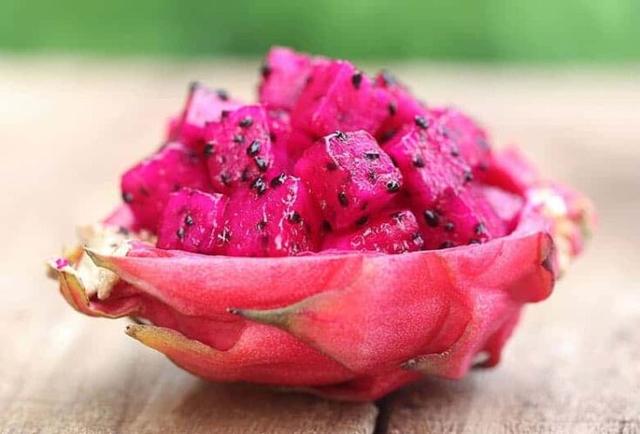
The smell of dragon fruit is fresh and very pleasant. Some compare the smell of dragon fruit to kiwi or bananas. It can give off a more floral scent or a citrusy scent. Ripe dragon fruit has a stronger smell than unripe dragon fruit, so the more fragrant the better. When the dragon fruit goes bad, you won’t be able to tell from just smell alone for a while. Only when it gets very rotten will the dragon fruit smell sour and unpleasant.
Back to Prices
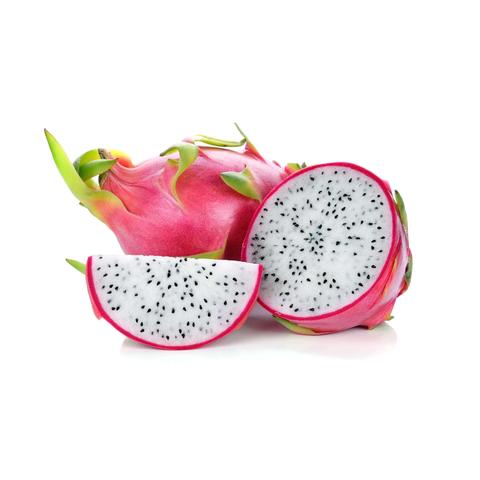
The demand for dragon fruit in the United States has increased, causing the price to rise. The low supply and high demand have contributed to the expensive nature of dragon fruit.
The importation and shipping costs associated with bringing dragon fruit into the country also contribute to its high price. Although some dragon fruit is grown in Florida, California, and Hawaii, natural disasters can impact production in these areas, leading to a lower supply and higher prices.
Growing dragon fruit is a labor-intensive process that requires significant time and manual labor. The plant takes half a year to sprout and three years to mature before it starts producing fruit. Additionally, dragon fruit can easily go bad during transport or storage, further reducing the supply and increasing prices.
How to Eat Dragon Fruit
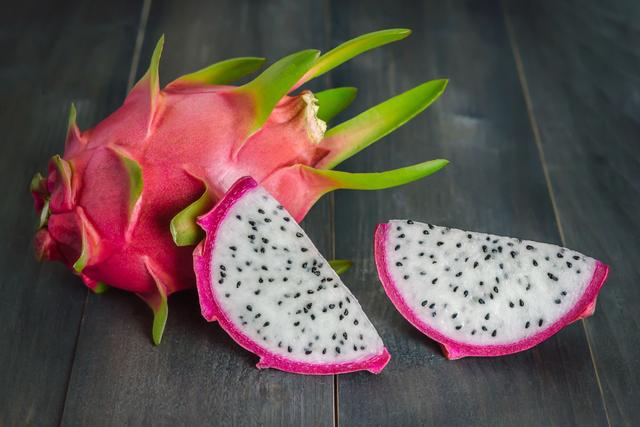
Eating dragon fruit is very simple and there are a few different ways to enjoy it. One common method is to slice the dragon fruit in half and either use a spoon to eat it or peel the skin off and cut it into bite-sized pieces. Another option is to cut the dragon fruit into circular slices, like watermelon slices, and then cut those slices into smaller pieces. Once you have removed the skin or scooped out the flesh, you can add dragon fruit to salads, smoothies, juices, and more.
It’s worth noting that while you can eat the skin of a dragon fruit, it may not be very tasty. Therefore, many people prefer to remove the skin before consuming it. When selecting a ripe dragon fruit, look for one that has a bit of give when you apply pressure and has yellow wings with brown edges. Avoid any fruits with bruises or dark spots. By enjoying dragon fruit when it is fully ripe, you will experience its sweet and light taste as well as its pleasant fragrance.
Dragon Fruit Conclusion
Dragon fruit is a popular and expensive fruit in the United States due to its increasing demand and limited supply. The high shipping costs from importing the fruit, as well as the potential for damage during transport, contribute to its high price tag. Additionally, the labor-intensive process of growing dragon fruit and the time investment required make it an expensive crop to produce.
Despite its cost, dragon fruit offers numerous health benefits and is often marketed as a “superfruit.” Its various varieties, including red, white, yellow, and purple flesh, each have their own distinct flavor profiles. While dragon fruit can be eaten with or without its skin, it is commonly enjoyed by slicing it open and scooping out the flesh or cutting it into bite-sized pieces.
In conclusion, the price of dragon fruit varies depending on various factors such as location, season, and quality. On average, the cost of a dragon fruit ranges from $3 to $8 per pound. It is essential to check with local markets or grocery stores for current prices.
Learn More About Grilling
If you want to learn more about grilling, check out these other helpful resources!


